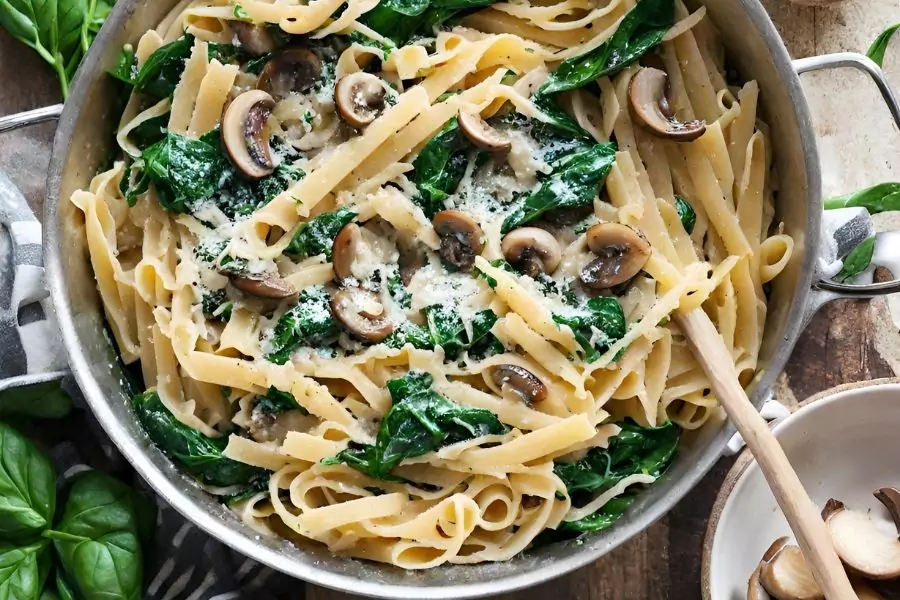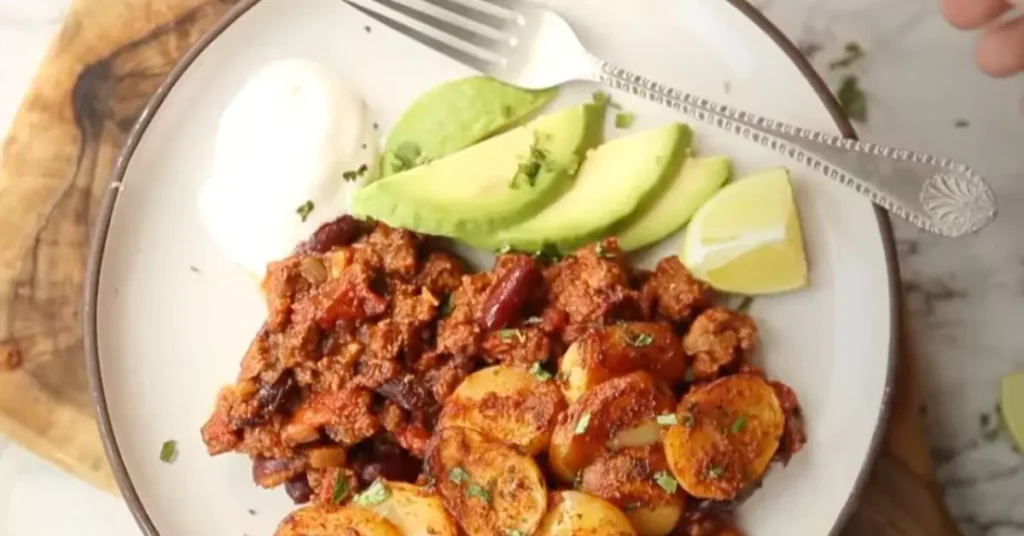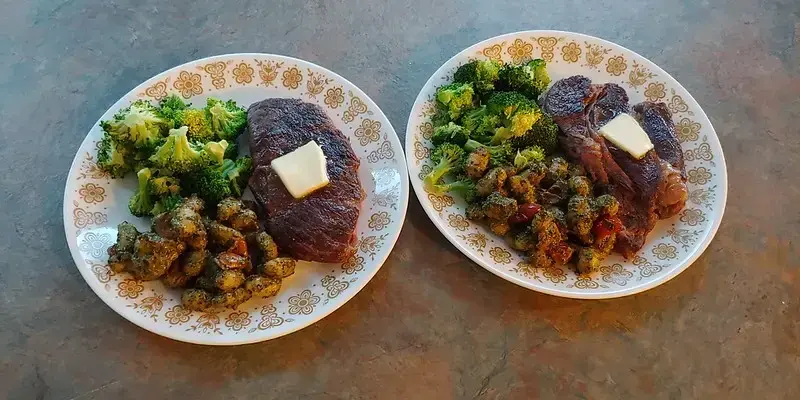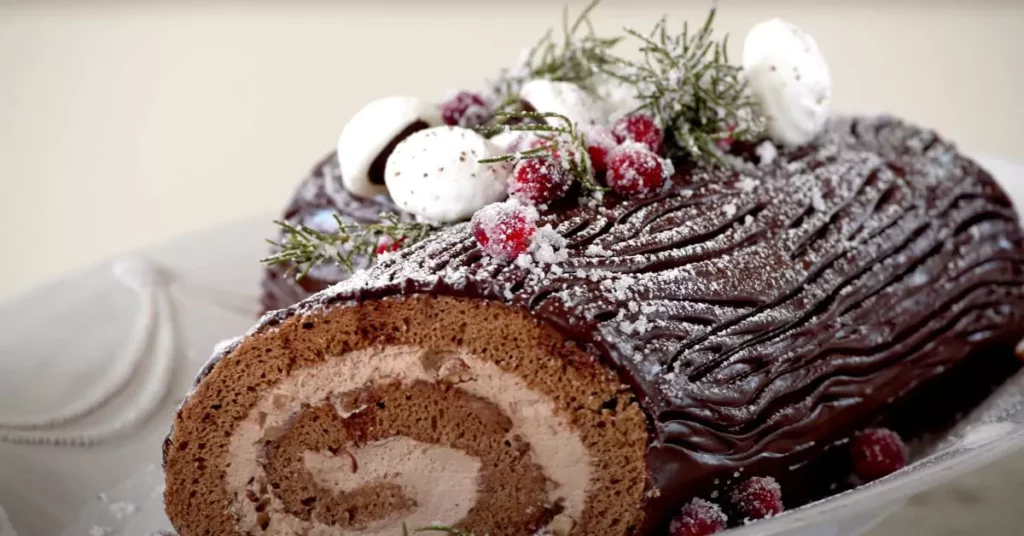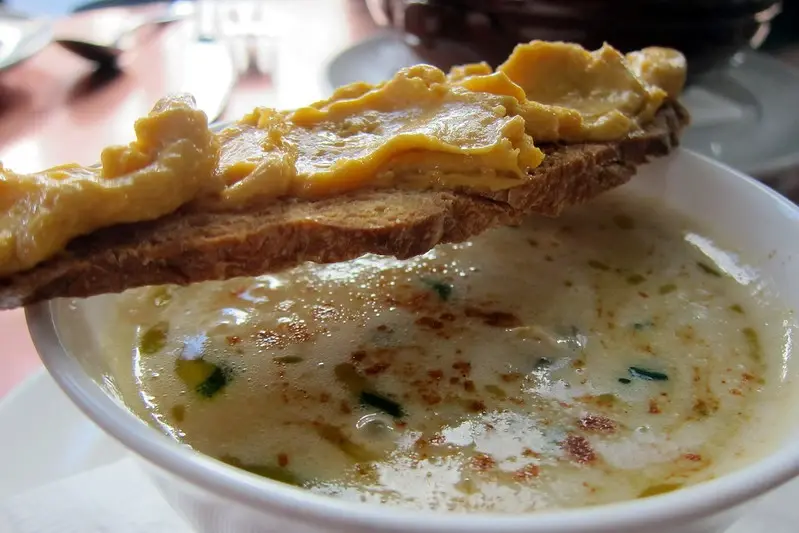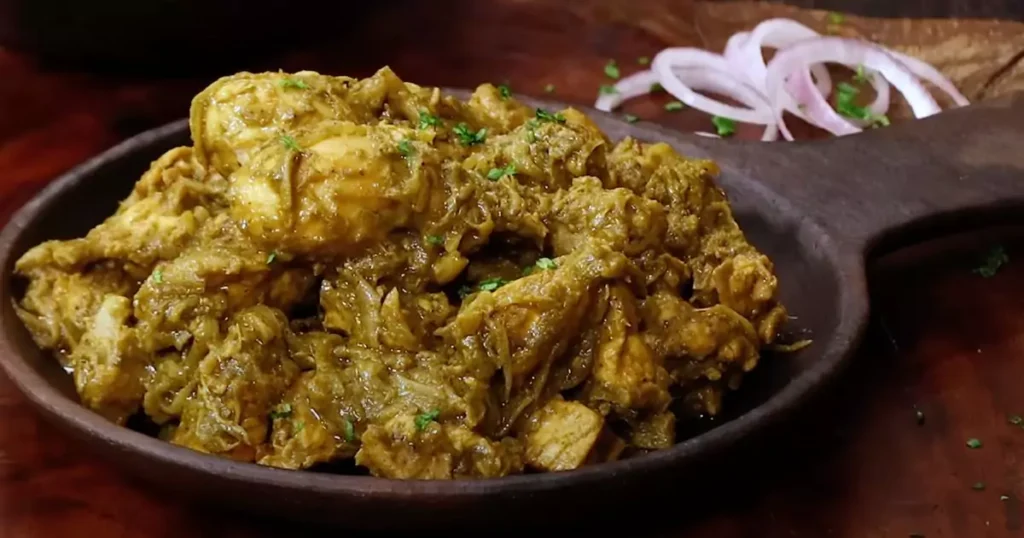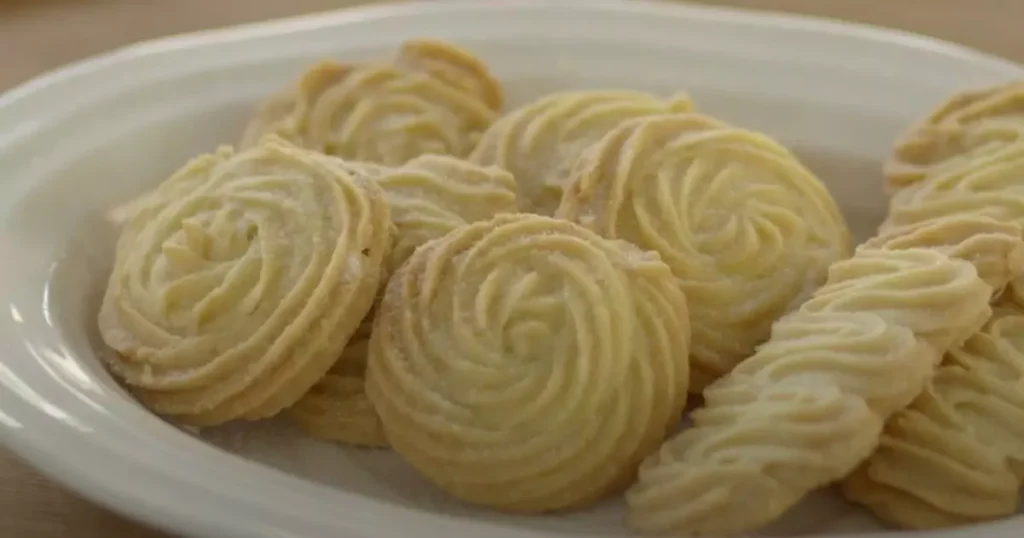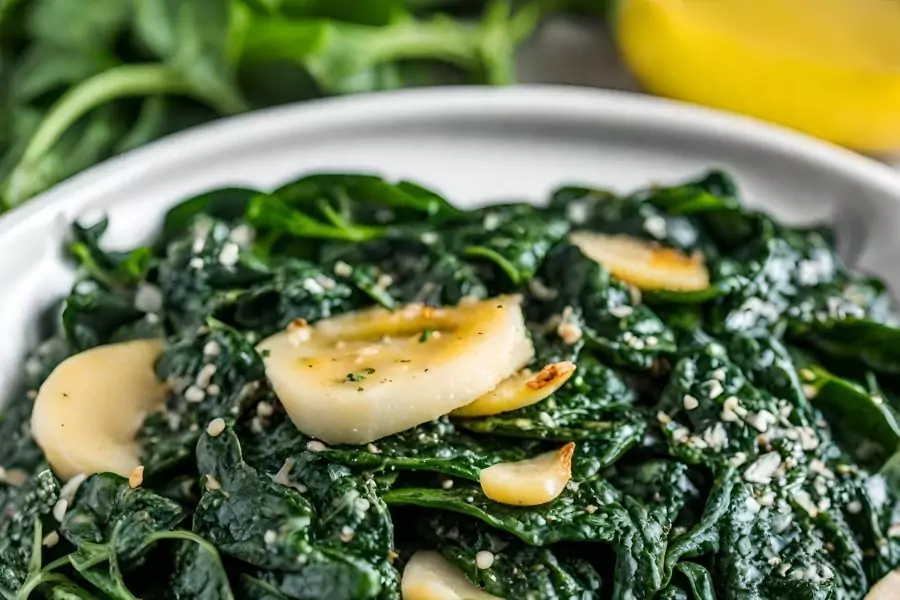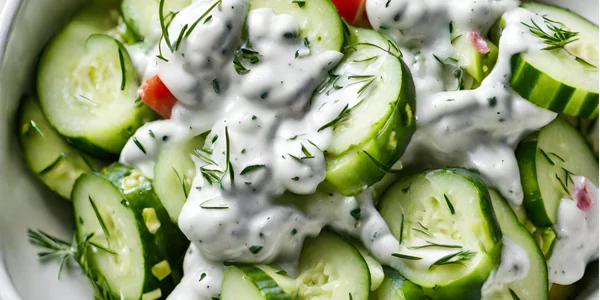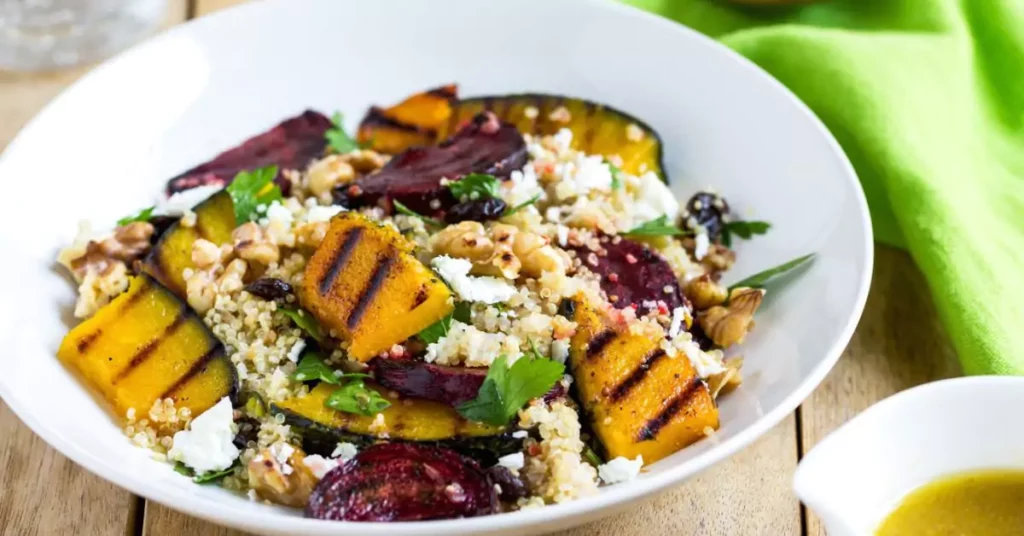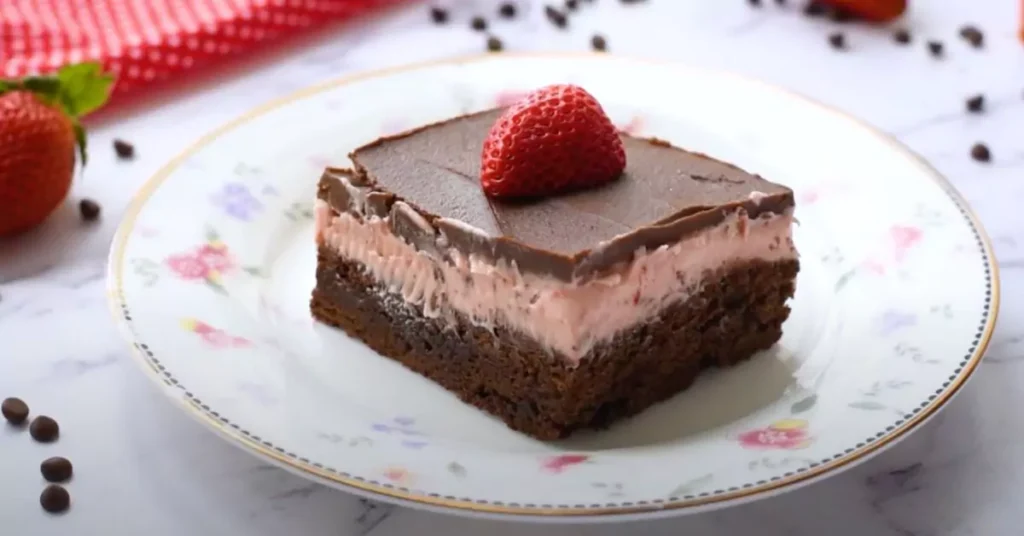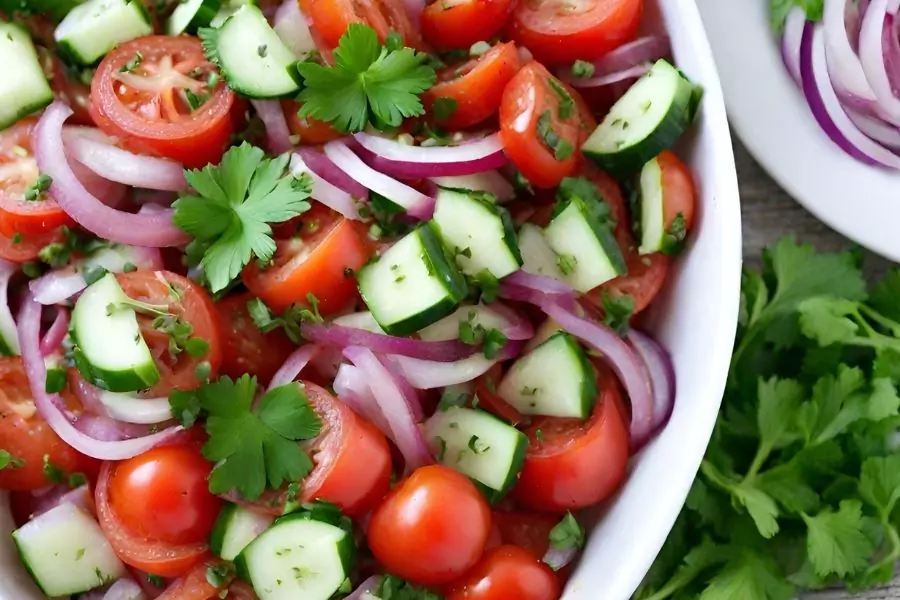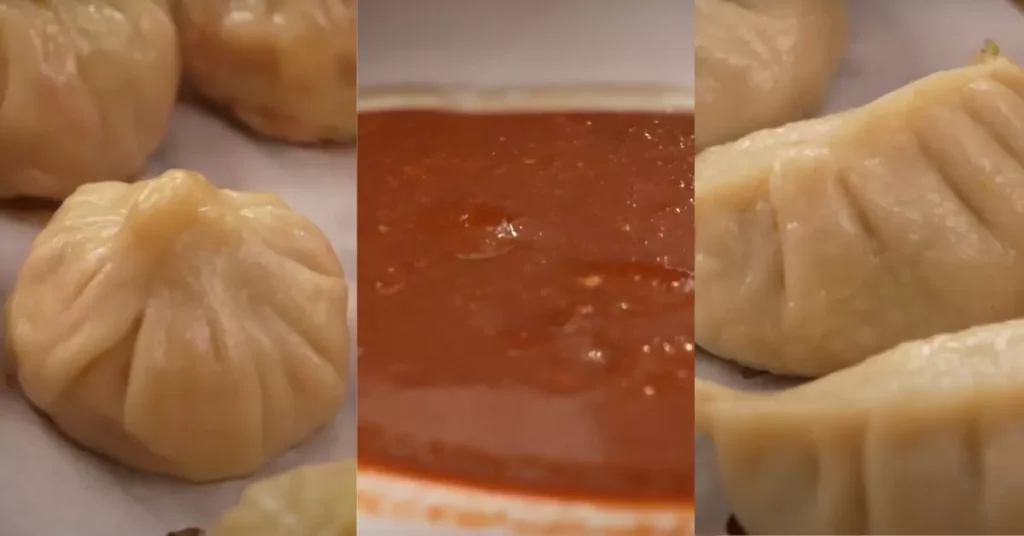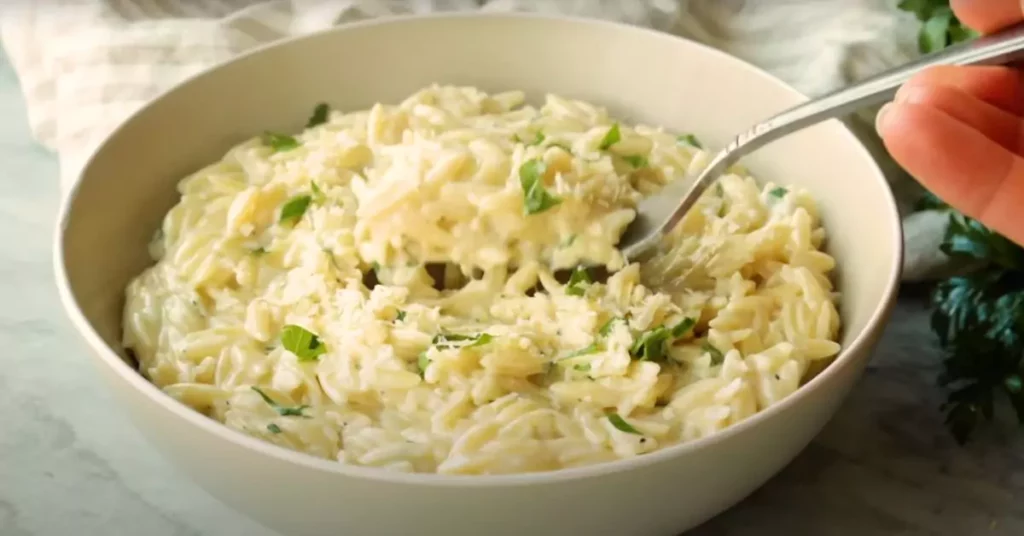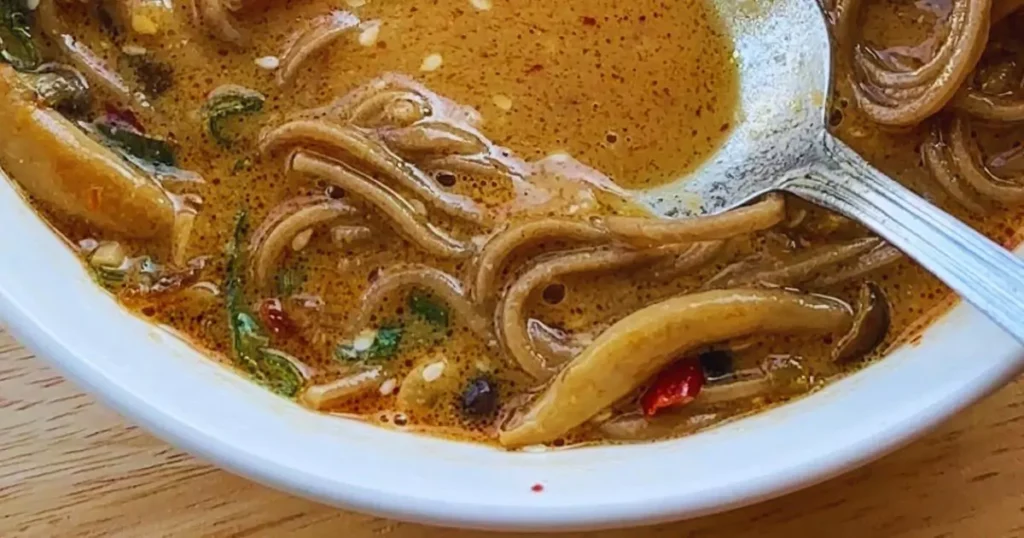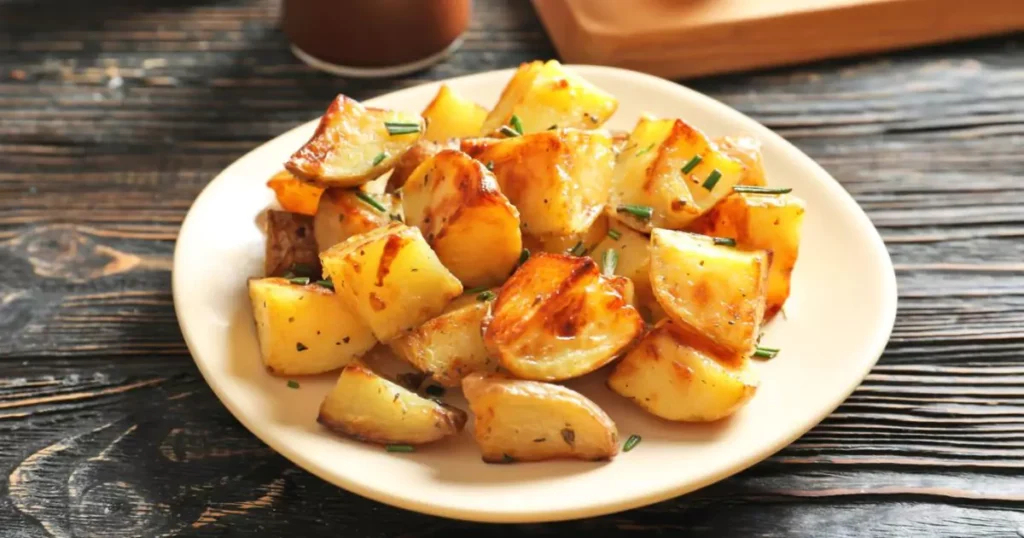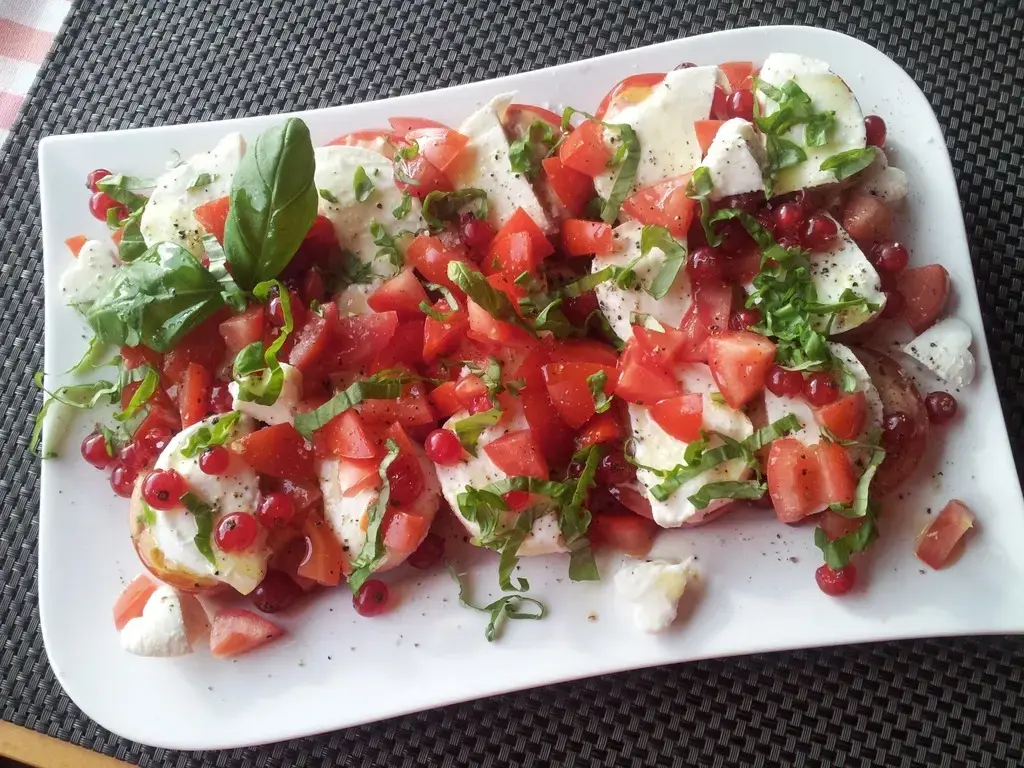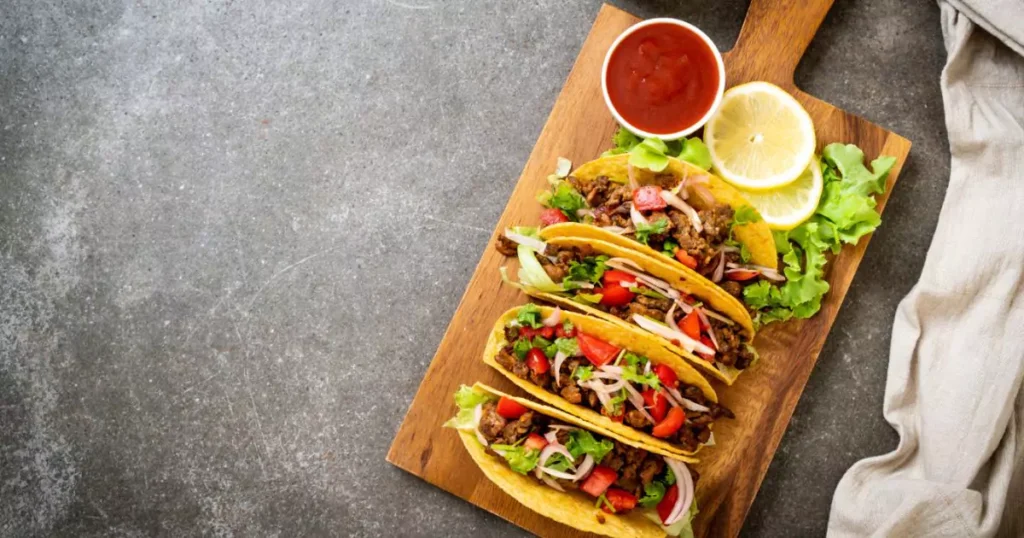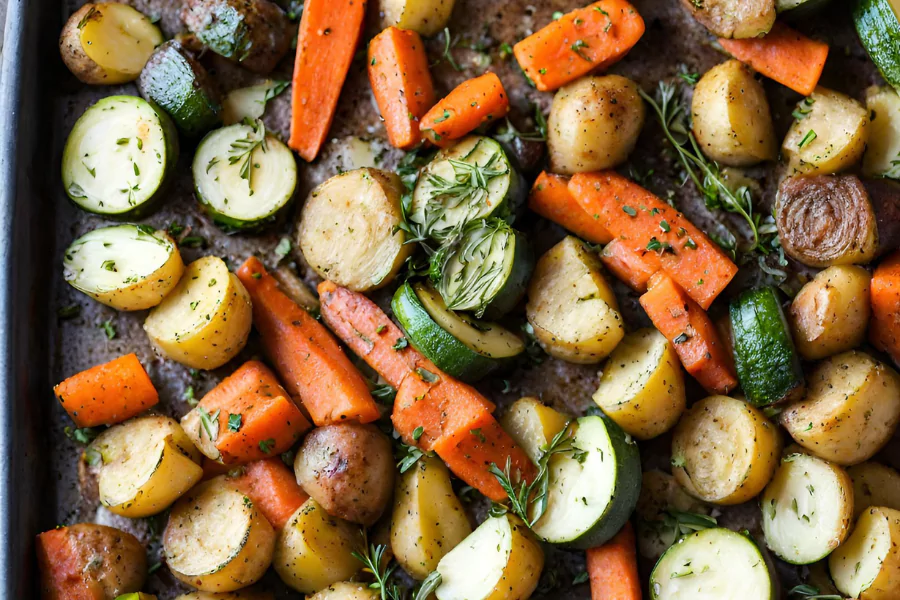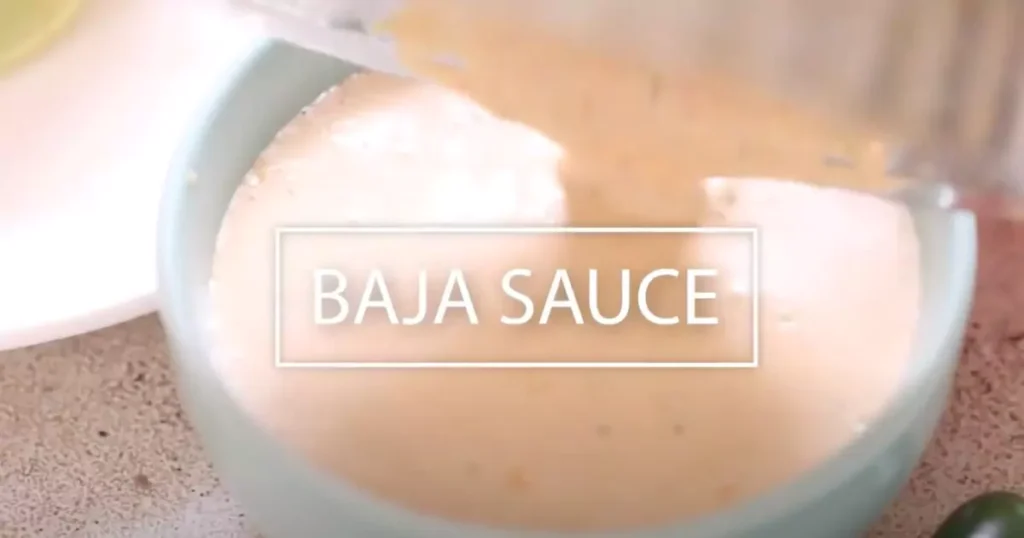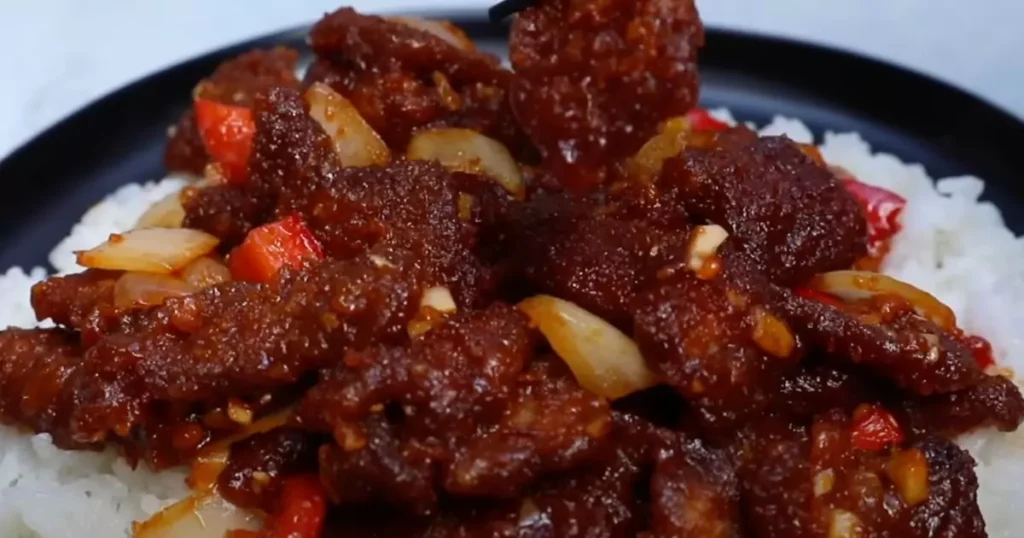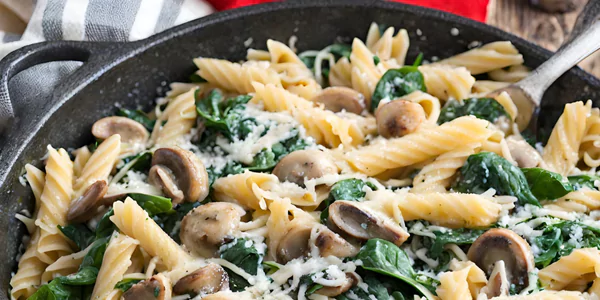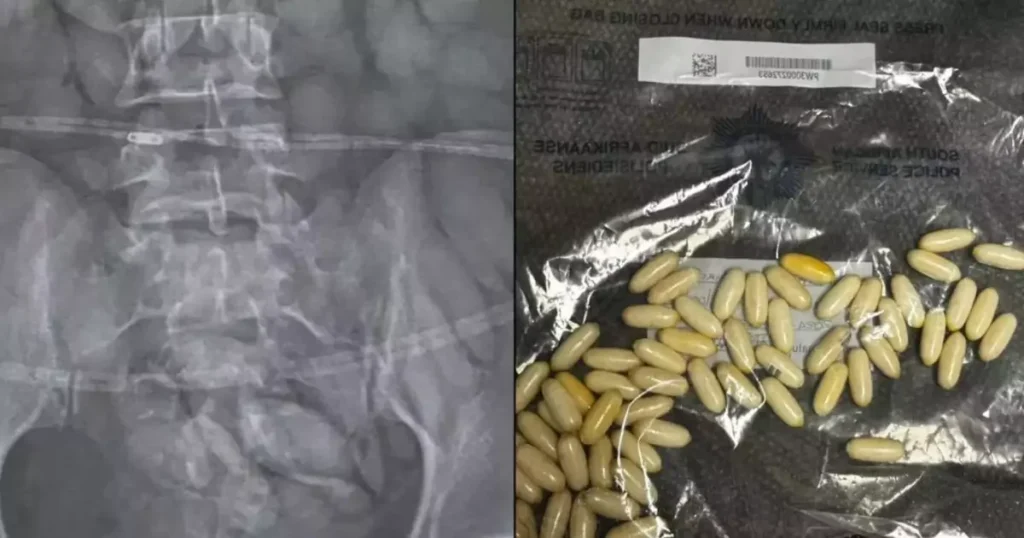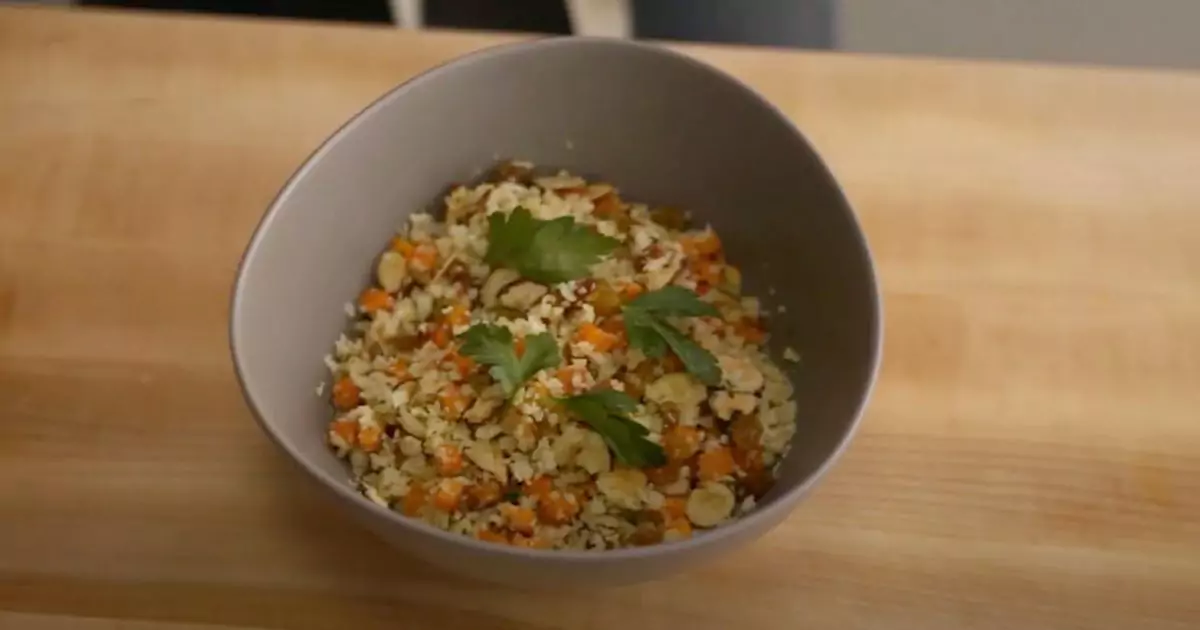
Cauliflower couscous is a fantastic alternative to traditional couscous, offering a low-carb, nutrient-packed option that’s both versatile and delicious. This dish is perfect for those looking to incorporate more vegetables into their diet or those following a gluten-free or paleo lifestyle. In this blog, we’ll guide you through a detailed recipe, storage tips, creative add-ons, and health considerations. We’ll also discuss the benefits of having health, family, and home insurance to ensure you’re covered for any unexpected kitchen mishaps.
Storage Ideas
Proper storage ensures your cauliflower couscous stays fresh and flavorful. Here are some tips:
- Refrigeration: Store your cauliflower couscous in an airtight container in the refrigerator. It should keep well for up to 3-4 days.
- Freezing: For longer storage, freeze the couscous in a freezer-safe container. It can last for up to 2 months. Thaw in the refrigerator overnight before reheating.
- Meal Prep: Portion out your cauliflower couscous into individual servings using small containers for convenient grab-and-go meals.
Ingredients
To make cauliflower couscous, you will need the following ingredients:
- 1 large head of cauliflower
- 2 tablespoons olive oil
- 1 small onion, finely chopped
- 2 cloves garlic, minced
- 1 teaspoon ground cumin
- 1/2 teaspoon ground turmeric
- 1/2 teaspoon paprika
- Salt and pepper to taste
- 1/4 cup chopped fresh parsley or cilantro
- 1/4 cup toasted almonds or pine nuts (optional)
- 1/4 cup raisins or dried cranberries (optional)
Instructions
Step 1: Prepare the Cauliflower
Start by washing the cauliflower and removing the leaves and core. Cut the cauliflower into florets. Using a food processor, pulse the florets in batches until they resemble the texture of couscous or rice. Be careful not to over-process, as this can turn the cauliflower into a puree.
Step 2: Cook the Aromatics
In a large skillet, heat the olive oil over medium heat. Add the finely chopped onion and cook for about 3-4 minutes, or until it becomes translucent. Add the minced garlic and cook for another 1-2 minutes, stirring frequently to prevent burning.
Step 3: Add the Spices
Stir in the ground cumin, turmeric, and paprika. These spices add a warm, earthy flavor and a beautiful golden color to the cauliflower couscous. Cook the spices for about 1 minute to release their aromas.
Step 4: Cook the Cauliflower
Add the processed cauliflower to the skillet, stirring well to combine with the onion, garlic, and spices. Season with salt and pepper to taste. Cook for about 5-7 minutes, stirring occasionally, until the cauliflower is tender but not mushy.
Step 5: Finish and Serve
Once the cauliflower is cooked, remove the skillet from the heat. Stir in the chopped fresh parsley or cilantro for a burst of freshness. If desired, mix in toasted almonds or pine nuts for added crunch and raisins or dried cranberries for a touch of sweetness. Serve the cauliflower couscous warm or at room temperature.
Add-On Suggestions
To enhance your cauliflower couscous, consider these add-ons:
- Vegetables: Add diced bell peppers, cherry tomatoes, or cucumbers for extra color and nutrition.
- Herbs: Experiment with different herbs like mint, dill, or basil to vary the flavor.
- Cheese: Crumble feta cheese or goat cheese on top for a creamy, tangy addition.
- Protein: Mix in cooked chickpeas, grilled chicken, or shrimp for a more filling meal.
- Citrus: Squeeze fresh lemon or lime juice over the couscous for a bright, zesty flavor.
Health Considerations
Cauliflower couscous is a healthy and nutritious option, but here are some health considerations to keep in mind:
- Low-Carb: Cauliflower is a low-carb alternative to traditional couscous, making it suitable for those following low-carb or ketogenic diets.
- High in Fiber: Cauliflower is high in fiber, which can aid in digestion and help you feel full longer.
- Rich in Vitamins: Cauliflower is packed with vitamins C and K, as well as folate and potassium.
- Allergies: Be mindful of any allergies to nuts or dried fruits used in add-ons.
Benefits of Health, Family, and Home Insurance
While cooking at home is enjoyable and rewarding, it’s always good to be prepared for any unexpected incidents. Here’s why having comprehensive health, family, and home insurance is beneficial:
- Health Insurance: Covers medical expenses for unforeseen health issues, such as kitchen accidents or food allergies, ensuring you receive necessary treatment without financial strain.
- Family Insurance: Protects your entire family, providing peace of mind that everyone is covered in case of emergencies.
- Home Insurance: Safeguards your home against damage or loss due to kitchen fires or other accidents, helping cover repair costs and protect your investment.
Having these insurance policies in place allows you to enjoy your cooking adventures with confidence, knowing you’re protected against unexpected events.
Making cauliflower couscous at home is simple, healthy, and delicious. With a basic recipe and plenty of add-on options, you can create a variety of flavors to keep your meals exciting. Remember to store it properly, experiment with add-ons, and consider health aspects for a balanced approach. By being prepared with health, family, and home insurance, you can enjoy your culinary creations with peace of mind. So, gather your ingredients, follow these steps, and savor the delightful taste of homemade cauliflower couscous. Happy cooking!



